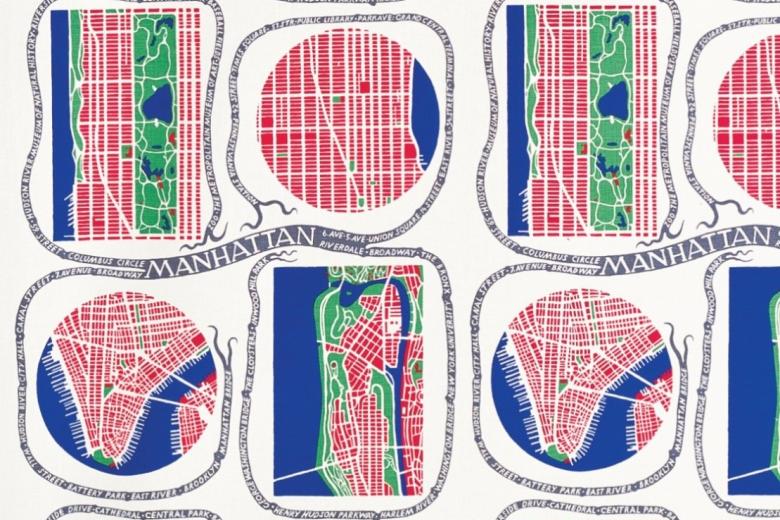Protection of reputable marks beyond confusion: does “due cause” help to strike a balance between trade mark proprietors and content creators?
Content creators, exercising their freedom of expression, may use trade marks in their content in a way that might damage the interests of trade mark proprietors (e.g. use of Nike shoes in a porn movie). How does EU trade mark law address these different interests?
Interpretation by the CJEU
Art. 9(2)(c) Regulation 2017/1001 (EUTMR) allows proprietors of reputable marks to prevent the use of their marks when such use takes unfair advantage of, or is detrimental to the distinctive character or the repute of their marks. However, such use is only infringing if it is done “without due cause”. The negative condition “without due cause” , which is often considered a defence, is intended to strike a balance between the interests of trade mark proprietors and the interests of content creators. But does it cope with this task? For example, is the use of an iPhone by villains in movies with “due cause” because they exercise their freedom of expression?
Unfortunately, the EUTMR does not provide a list of “due cause” factors, making its practical application more difficult and leaving the development of “due cause” factors solely to the Court of Justice of the European Union (CJEU). However, there is very scarce case law by the CJEU on this issue. In the Interflora case, the CJEU analysed whether the use by Mark & Spencer of Interflora’s trade marks as keywords in “Google AdWords” amounted to trade mark infringement. The CJEU ruled that the following factors might be considered for assessing the presence of “due cause”: 1) whether a mere imitation of the goods or services of the trade mark proprietor is offered; 2) whether a trade mark is damaged by causing harm to its distinctive character or repute; and 3) whether the functions of the trade mark are adversely affected. It is not entirely clear why blurring and tarnishment are taken into account when assessing “due cause”, as they are separate criteria in the infringement assessment. Also, if they are fulfilled, the functions will also definitely be adversely affected, limiting the usefulness of those criteria even further.
The problem with the current interpretation of “due cause” is that it is hardly applicable due to the circular line of reasoning as it merely duplicates the requirements for infringement. Thus, content creators cannot be sure when their creativity infringes trade mark rights.
How to remedy this problem?
1. Making “due cause” a limitation of trade mark rights under Art. 14(1) EUTMR.
Art.14(1) EUTMR exempts some types of trade mark use from the control of trade mark proprietors. The assessment of “due cause” should be unconnected to the finding of an infringement under Article Art. 9(2)(c) EUTMR. When a detriment or unfair advantage has been constituted, then one should turn to whether that is with “due cause”, without assessing dilution or tarnishment anymore. So, creating a specific limitation for the use of reputable marks with “due cause” may resolve the issue of double assessment.
2. Providing factors for “due cause”.
The interpretation given by the CJEU does not shed much light but rather confuses. Therefore, the interpretation should be supported by the factors explicitly mentioned in the EUTMR. It will decrease subjectivity and increase consistency, thereby giving more breathing space for content creators. These factors might be based on the proportionality principle established earlier by the ECHR, which includes the following:
whether the use is suggesting sponsorship or endorsement by a trade mark proprietor;
whether the use is intended to cause damage to a mark;
whether the general public is interested in the use of a mark;
whether the use is purely commercial;
the effect on other rights.
3.Providing examples of “due cause” in the EUTMR.
Providing factors for “due cause” still might allow trade mark proprietors to abuse their rights as content creators are usually not legally prepared to assess those factors. Hence, exemplifying the uses that definitely qualify as exceptions might give more certainty for content creators. For instance, in the US, such examples include parodying, criticising, and commenting (15 U.S.C. §1125(c)(3)(A)(ii)). The EU could also follow this approach to provide more certainty to content creators.
By IPKM alumnus 2021-22 Mykola Antoniuk, based on research conducted for his master thesis entitled “Does the EU Trade Mark Regulation offer sufficient space for using reputable trade marks in commercial creative content in a non-infringing manner?”
| More blogs on Law Blogs Maastricht |
-
Computer-Implemented Inventions: has the term “invention” in the EPC lost its meaning?
The European Patent Convention defines subject-matter that is not eligible for patent protection, such as methods for doing business. However, when implemented by a computer, non-eligible subject matter becomes eligible for patent protection. Is this desirable?

-
The ambigous nature of the amended European trademark functionality doctrine
EU trade mark law excludes certain signs from becoming registered trade marks. In particular, shapes cannot be registered if they are necessary for achieving a technical result. In 2015, the amended Regulation broadened this exclusion to ‘another characteristics'. But what is now covered exactly?

-
Disruptions vs refusals of supply: a guide to the case law
Disruptions of supply—as opposed to refusals to supply—are a suitable qualification for the ‘open early, closed late’ scenarios often observed in the digital economy. The case law, however, does not always distinguish clearly between the two types of conduct. This blog post traces the evolution of...
